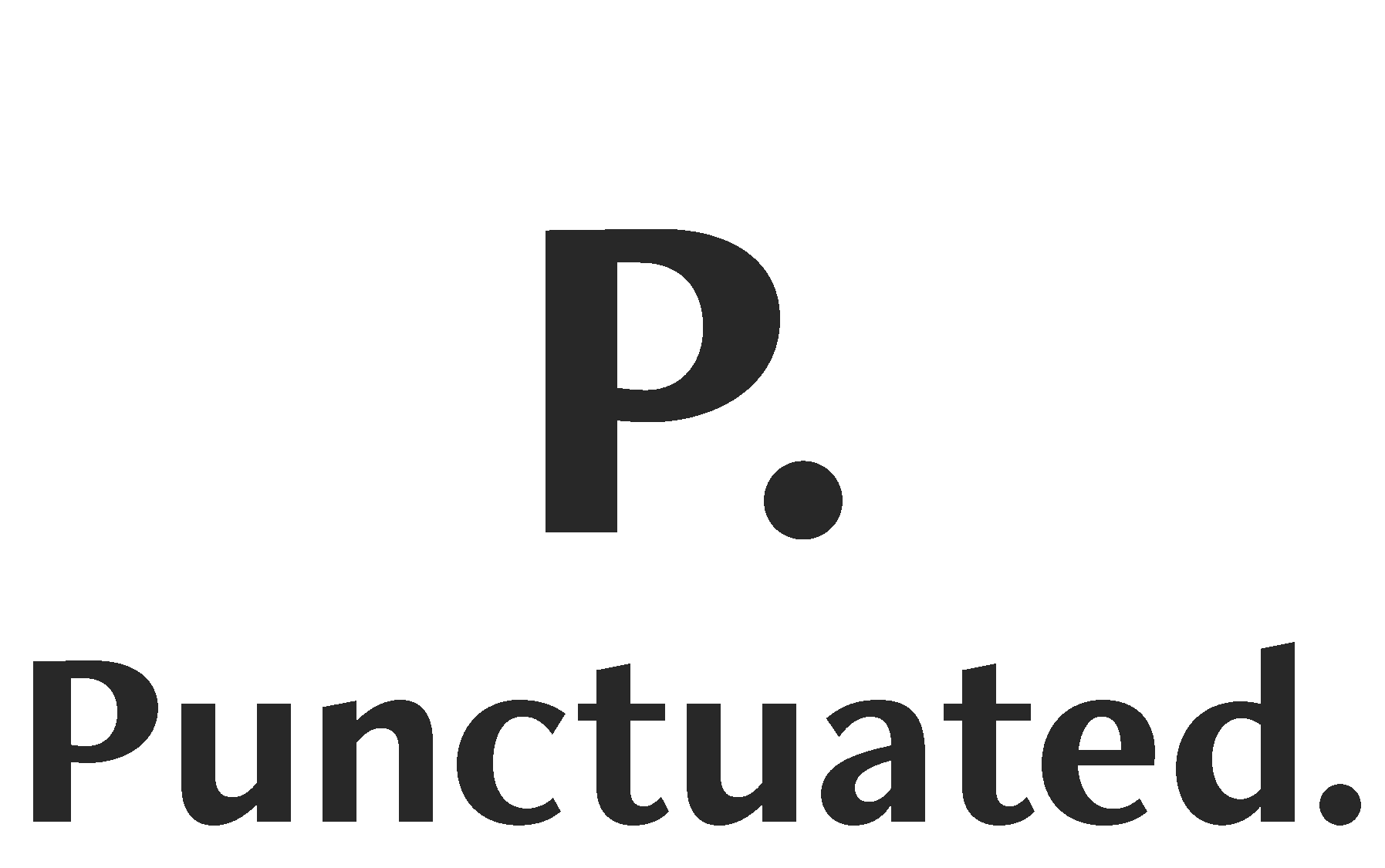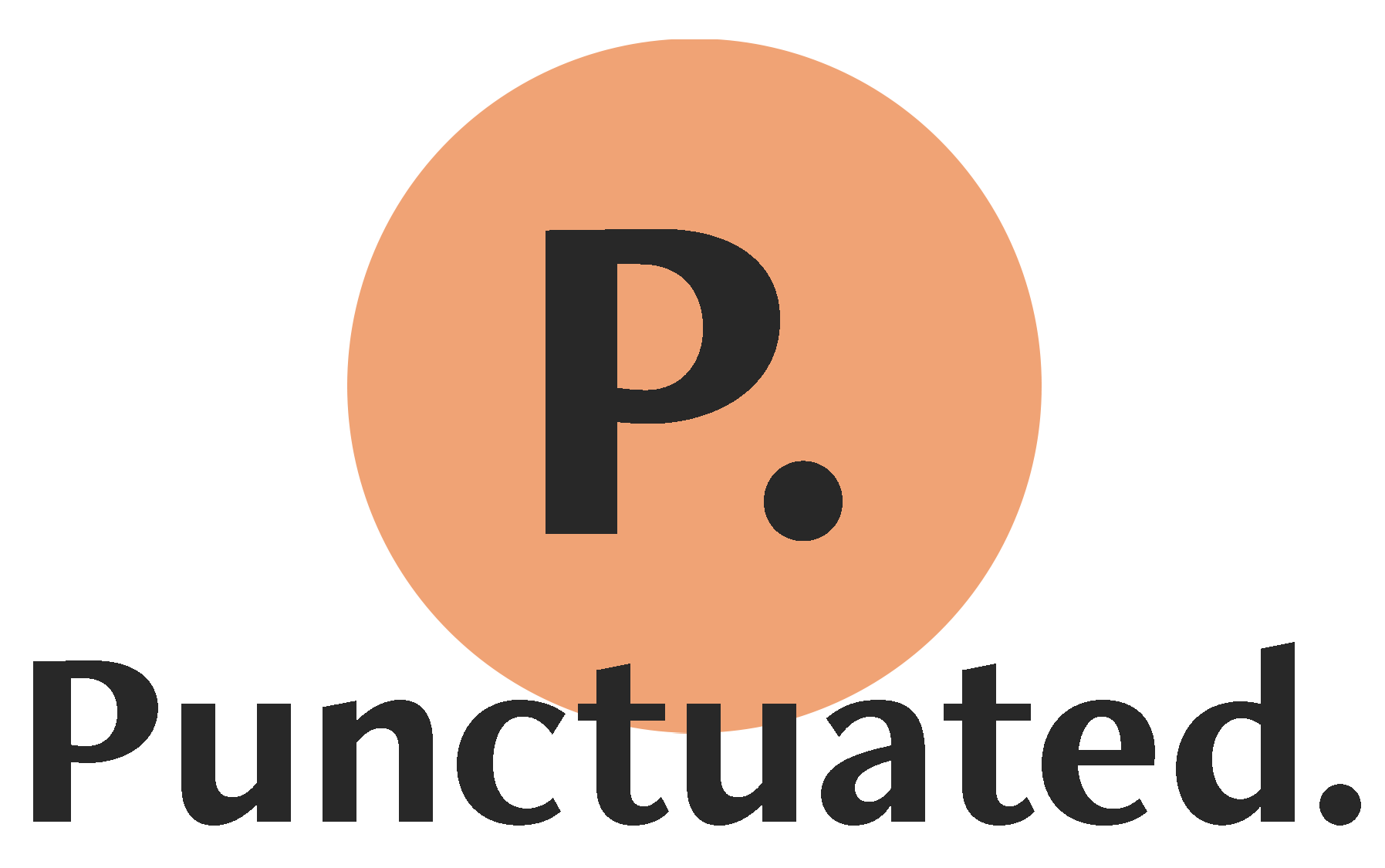Pricing
My services are priced by word count. Typically, fees range between $0.02 to $0.05 per word depending on the level of service, complexity, and scale. This ensures a flat fee with no surprises that scales to the scope of the work.
I ask for a deposit to begin with the remainder due on completion. We may also discuss breaking the project into milestones with check-ins and payments along the way.
Turnaround Time
Turnaround times vary depending on the length of the work, the complexity of the edit, and my current schedule.
I strive for quality and prefer not to compromise the edit for quick turnarounds. Let me know your needs, and we can discuss what I can do.
Submitting Your Work
The copy (the material to be edited) can be sent as an email attachment or through a file-sharing service such as Google Drive or Dropbox.
Ideally, the copy is formatted as follows:
● Double-spaced
● Numbered pages
● One-inch margins on all sides
● Saved as a Word document or PDF
A synopsis of the work and any notes about tone and style are helpful.
Etc.
I work digitally, from editing to communication and contracts to invoicing.
Email, Zoom, and phone calls are all good ways to communicate with me.
I believe that good communication is key to success. I strive to be clear and ask questions when needed.
Your words are important.
Determine What Type of Editing is Right for You
The first step for someone who wants to improve their writing with an editor is to decide what type of editing they need. I am a copy editor and proofreader, but there are other specialties that serve different parts of the creative process.
Developmental editing helps with the big picture—plot, characters, and overall structure. While a developmental editor might sometimes flag details like obvious spelling errors, the aim is not on minutiae but the work as a whole.
Once the piece has a solid body, finer edits can come into play. A line edit is useful to improve the writing sentence-by-sentence and paragraph-by-paragraph. However, this is also still focused on artistic craft and finding the most effective words to convey the right meaning. Because some lines might be overhauled through this process, it’s not useful to fixate on mechanical issues.
Copy editing should be the last step before publication (besides proofreading). This edit combs the writing for problems in spelling and punctuation while also addressing grammar, word usage, and consistency across formatting and tone. There is some overlap with line editing, but copy editing assumes that the artistic work has been done and all that remains is technical polish.
Proofreading is the final buff. Sometimes a copy edit is considered enough, but if time allows, a separate proofread can ensure that every dot, comma, and letter is in its proper place. Or, if time is short, a thorough proofread might be just enough polish.
Not every piece of writing needs to go through every stage of editing. Some blog articles benefit from a casual tone in an authentic voice. They may not need a line edit, but it’s always a good idea to copy edit or proofread. Properly spelled and mechanically clean writing—no matter how short—adds legitimacy to the author.
If you're unsure what type of editing is right for you, feel free to contact me! I’m happy to discuss your project and what’s best for it.

